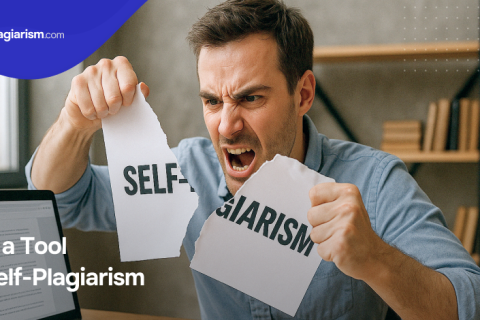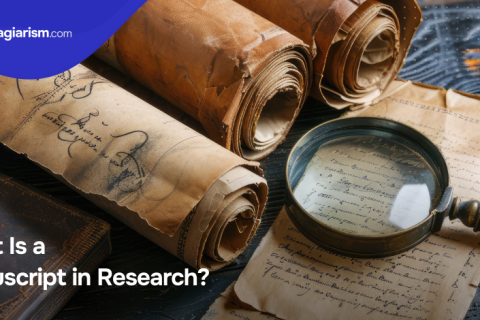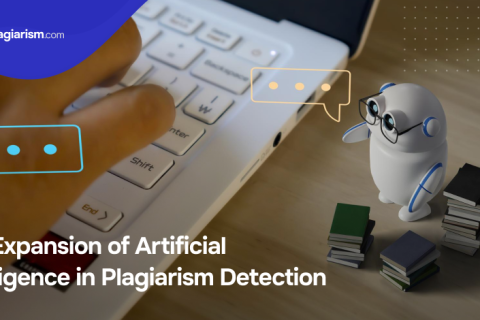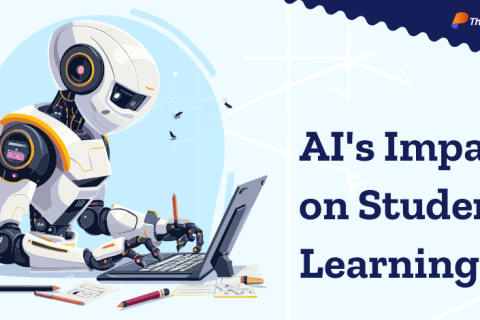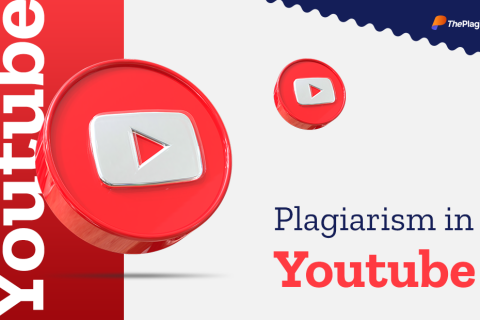How to Find a Reliable Plagiarism Detection Tool
17 Dec 2021
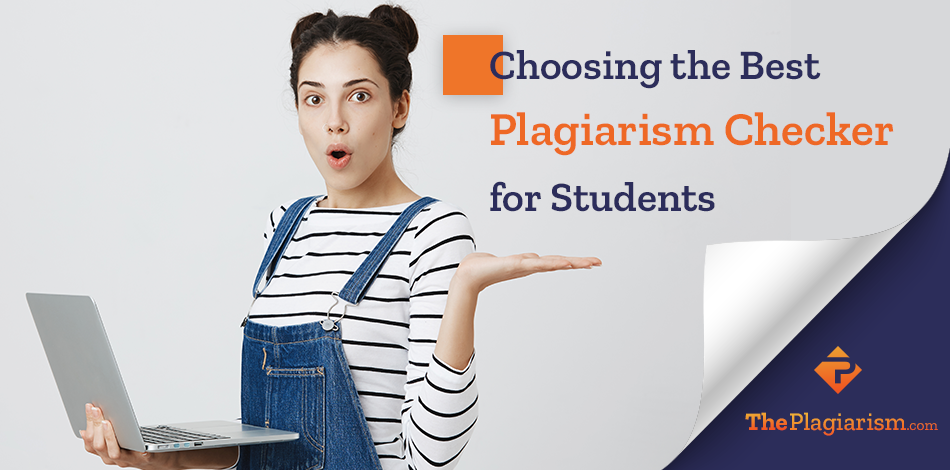
Simply stated, what is a plagiarism detection tool? This is sophisticated software used to trace cases of copying the words of another person and pretending that you are the author. Is it of any use for you? No doubt if you do anything with writing, especially if you are a student or an academician. Let’s say you are a blogger or you get a task to write an essay or report every other day. Maybe right now you are working on the major project of your life or a dissertation. You may even be a researcher who conducts research for the office of the state officials!
Whatever work you do, you need to know that there are no similarities, either voluntary or involuntary, with the sources you have gathered and the results of the plagiarism checker you use should be solid and risk-free.
Burning Problem of Plagiarism in Academic Writing
The most effective method of avoiding plagiarism is to give credit to all the sources of information you used. You are supposed to give credit to anything that is different from your own original thoughts stated in writing; otherwise, any plagiarism check will trace unoriginality of the ideas.
Plagiarism in any environment can have professional, academic, and even legal consequences. A regular plagiarism check for students’ papers is a common thing as they tend to forget that there is the right of ownership to the intellectual property and use the ideas they share as their own. As for the academicians, they may also forget about the copyright infringement and rely on their luck and ineffective check for plagiarism.
Chris Spence, director of Toronto School Board, plagiarized one of his articles and parts of his blog, and he had to resign after that became known. He was also suspected of having plagiarized parts in this PhD thesis.
A promising Harvard student, Kaavya Visvanathan, lost her chance to become a brilliant novelist after it was confirmed that she had plagiarized some ideas from several other novels. She lost a great publishing deal and her books were withdrawn.
Western University in London, state Ontario, reported 105 cases of plagiarized content in the articles last year which is the record rate.
There is a spike in cases of unoriginal writing at the global level in comparison with the pre-COVID statistics. Germany, Canada, and the UK show a 4% increase in in the number of plagiarism cases within several months, and the overall rate was up to 42% which is really high.
Which Information Cannot Be Used without Proper Referencing
Here is a concise list of the most common things to be referred to in a list of used sources; otherwise, if you check plagiarism online you will see a high rate:
- ideas and exact words from articles, books, lectures, songs, TV shows, advertisements, blogs, letters, web pages, etc.
- ideas and exact words from pictures, illustrations, images, diagrams, and charts
- ideas and exact words from the interviews of all types (phone, in-person, email, etc.)
- in general, any unique ideas or words you have borrowed from a certain source, other than your own imagination and mind.
How Can You Optimize the Plagiarism Check with Tools?
Have you ever tried running a Google search to prevent any accusations in plagiarism? Is it convenient to make manual comparisons, reread what you have written again and again and compare that to the parts which you find here and there online? Actually, it is a real bother, and it is much easier and less time-consuming to subscribe to some affordable plagiarism checker and get a plagiarism report with all the issues highlighted.
Still, you may have some doubts about the accuracy of checkers. Are all of them trustworthy? Actually, if you have found a plagiarism detection engine which you can trust, you are a lucky one who can relax and stop worrying about academic integrity.
Both students and academicians need software with a large-scale scholarly database and accuracy of checking. It is also valuable if the checker enables them to contrast new papers against their previously written works as they can both check the plagiarism and self-plagiarism. Besides, the users are always grateful for a guarantee of safety and confidentiality with no further sharing of the texts they upload for checking.
How Can One Distinguish the Most Accurate Plagiarism Checker?
Assess the coverage of the software used to check plagiarism
The term ‘coverage’ implies the quality of methods used to handle the text and the amount of content traced by the software online and in the databases. Unfortunately, some plagiarism checkers detect only very similar parts of the text. Still, you should not say Yes to sub-standard checking. You can get a free trial period for your particular software and evaluate its efficiency, taking a plagiarized section of some text. After you are sure that you like what you are going to sign up for, you can pay for the product. It is also possible to study reviews and feedbacks online to know what others think about the quality of tools used to check plagiarism.
Check for missing citations
You know how important it is to ensure proper referencing of the used sources. Some plagiarism checkers can generate citations with accurate formatting to make it easier for you to add a bibliography for the research.
Evaluate the level of software support
Check whether the provider ensures fast and open communication as in case of potential issues you will need to reach out to them for help and effective solutions. If the company has accounts on social media and round-the-clock support, it looks much more reliable. It is even better if there are direct contacts to the authorities on the website of the agency.
Evaluate the transparency of the company privacy policies
For sure, your priority need is to check plagiarism in your paper, but you should also mind such aspects as security and confidentiality. It seems reasonable to check whether the plagiarism detection company adheres to the strict principles of FERPA and GDPR. You would not like your details or your unique text appear somewhere online.
Consider affordability of prices
It is one of the most crucial needs of the students to check text for plagiarism, but a paid subscription to some expensive software can be too much. Free options look more appealing as they keep the budget safe, but at the same time they may have too many restrictions in use.
You will definitely claim that your plagiarism check in the text is perfect and the tool you used is beyond any praise if you get accurate results and detection of all replications online in lots of languages. What you need to get to know about is both improper referencing and unoriginality in content. It is also great if the interface of the tool is simple and the provider has lots of means of communication for the customers.

